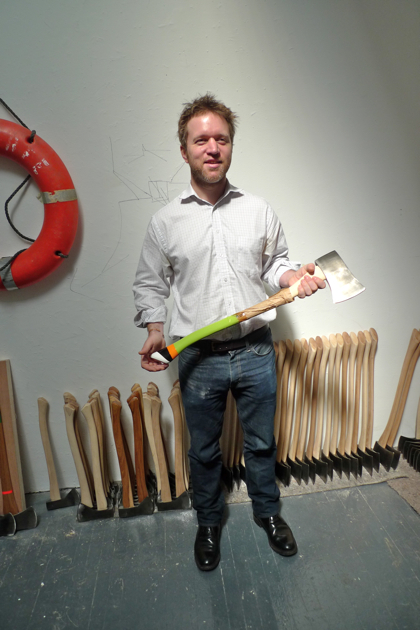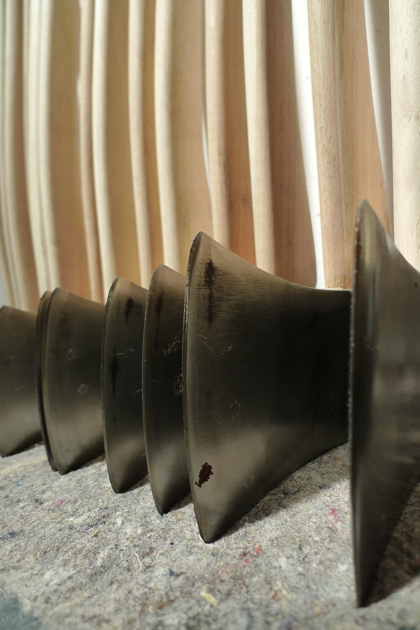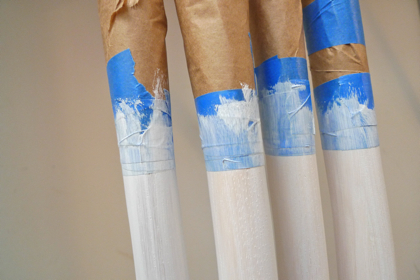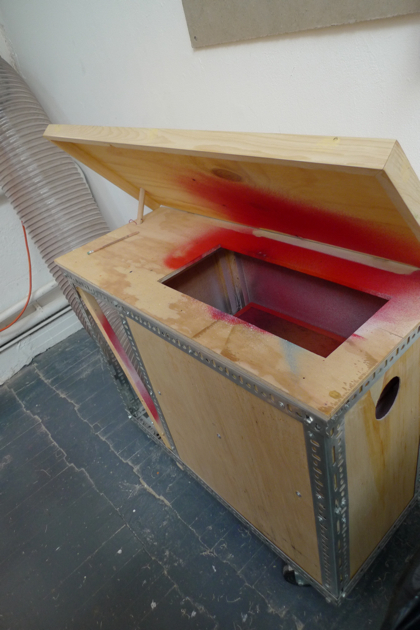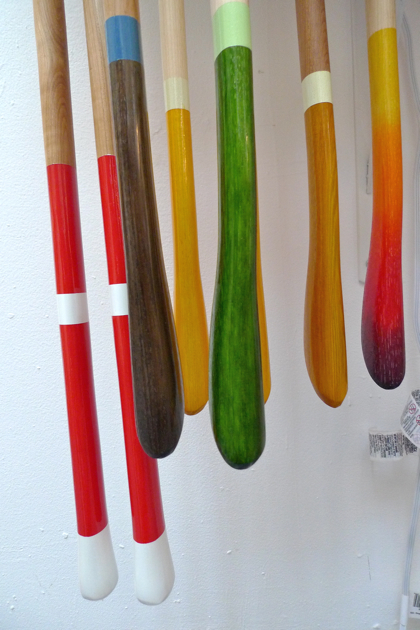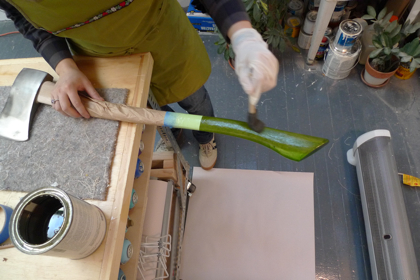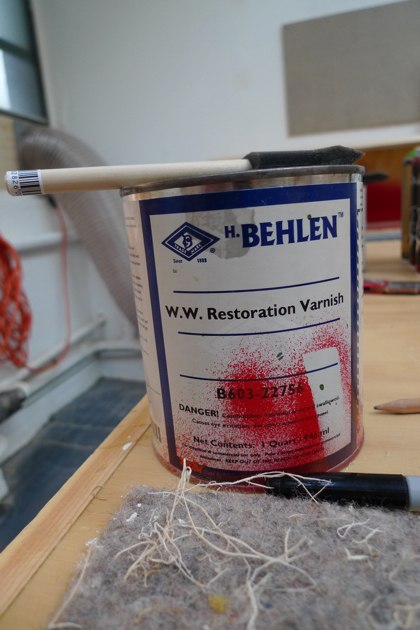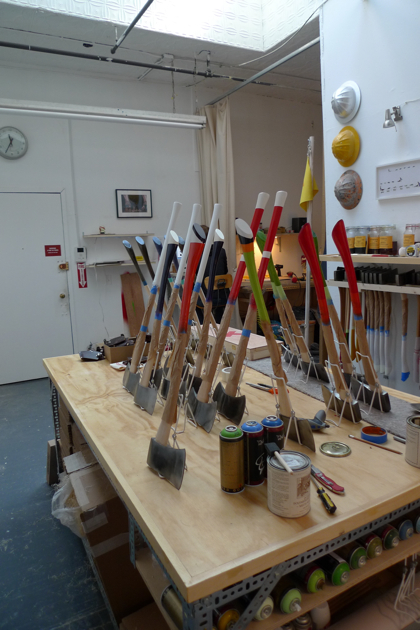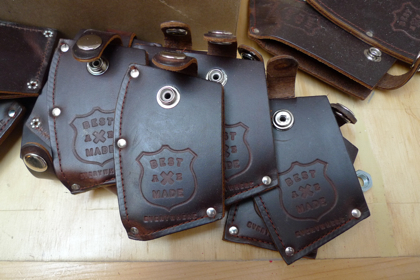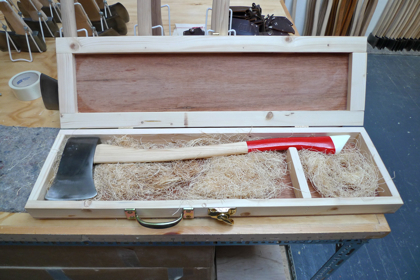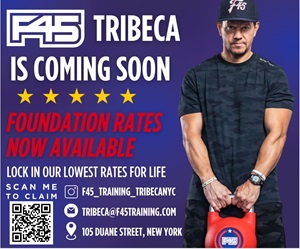Made in Tribeca #2: Best Made Co.
“We can barely keep up with demand,” said designer and author Peter Buchanan-Smith (above), who is also a cofounder of Tribeca ax company—you read that right—Best Made Co., along with environmental entrepreneur Graeme Cameron. (The two met when they were kids, attending Camp Ahmek in Ontario.) They see the axes, which cost $250 to $500, as the first step in a Swiss Army–like lifestyle brand; they also already sell “ax art,” an ax bag, and a cashmere knit cap, and they’re about to introduce a whistle, followed by Nepalese farmer’s knives and a flagpole. But that’s another story: Let’s get back to the axes. I asked Peter to show me the production process, which takes place in two rooms (one’s an office, the other a studio) in a building at Broadway and Franklin, with help from two employees—Nam, the full-time production manager, and Chris, a part-time designer.
The bare axes—made from hand-forged fine-grain steel and Tennessee hickory—come from Maine. There are two sizes: The traditional 29-inch-long model, and a limited-edition extra-long one, called the National, made to celebrate the Canadian men’s hockey team’s recent Olympic victory; it’s what’s called a double-bit, but the Best Made guys prefer “twibill,” a Southern Hemisphere term. All ax handles get sanded with a hand rotary sander.
If the handle is going to be painted, it has to be gessoed first; they use masking tape to create the even lines. The end of the handle—the “hoof”—might get dipped in paint, but for the rest of the handle, Best Made applies two thin coats of spray paint in a “booth” that they fabricated. “There are next to no fumes, thanks to the filters and the fan,” says Buchanan-Smith. “Also, each ax has only a tiny amount of surface area that gets painted.” For staining, Best Made uses water-based W.D. Lockwood stains, which come in powder form. (Buchanan-Smith turned the envelopes into labels for his jars.) Lockwood, it’s worth noting, has been in downtown Manhattan since 1895 and is currently based on Walker Street.
When the paint is dry, the painted or stained part of the handle gets two to three coats of H. Behlen Water White Restoration Varnish; stained handles, like the green one in the photo above, are sanded between coats. A coat of tung oil is applied to the upper, unpainted part of the handle; depending on the model, numbers or words might first be stamped on it with indelible ink.
After the blade gets protected with a leather sheath, also from Maine, the ax goes into a simple crate or, for $75 more, a clasped box. “Then it gets put in cardboard box and UPSed,” says Buchanan-Smith. (The axes are also sold at Partners & Spade on Great Jones Street.) What happens next is entirely up to you.
Previously:
• Made in Tribeca #1: Khushi








